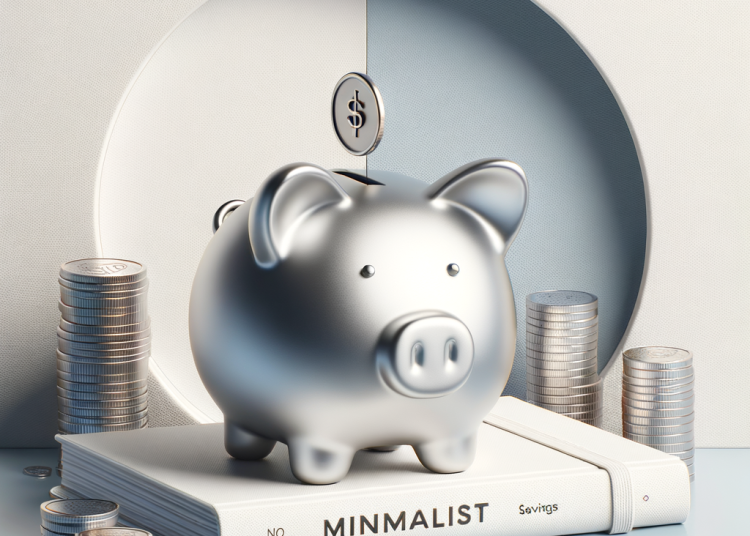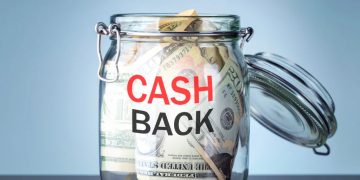Minimalism Savings Tips: Must-Have Guide for Effortless Money Wins
Minimalism savings have become a powerful strategy for individuals looking to streamline their finances and build wealth without stress. Embracing minimalism does not merely mean decluttering your home; it’s also about simplifying your financial habits, cutting unnecessary expenses, and focusing on what truly adds value to your life. This guide will explore actionable minimalism savings tips that can help anyone achieve effortless money wins, regardless of their income or lifestyle.
Understanding Minimalism and Its Role in Savings
Minimalism is often viewed only in the context of physical possessions, but it extends far beyond that. At its core, minimalism is a lifestyle choice that advocates for intentional living, reducing excess, and prioritizing quality over quantity. When applied to finances, minimalism encourages you to assess your spending patterns critically, eliminate financial clutter, and save money by investing more wisely in what genuinely matters.
In other words, minimalism savings revolve around cultivating habits that reduce waste—time, money, and energy—while maximizing satisfaction and financial security. This approach can alleviate the common stress associated with managing money by promoting clarity, simplicity, and purpose.
Set Clear Financial Goals with Minimalism in Mind
One of the foundational minimalism savings tips is to set clear, achievable financial goals. Rather than ambiguous goals like “save more money,” define specific targets, such as building a $5,000 emergency fund, paying off $10,000 in debt, or contributing $200 monthly to a retirement account. Minimalism helps by encouraging you to focus solely on these priorities, removing the distraction of multiple small financial objectives that dilute effort and progress.
Write down your goals and break them into manageable steps. Use this clarity to avoid impulse purchases and unnecessary expenses that steer you away from your savings objectives.
Declutter Your Finances: Simplify Accounts and Subscriptions
Just as you would tidy your living space, decluttering your finances is another key minimalism savings tip. Many people sign up for subscriptions or create multiple bank accounts and credit cards without realizing the hidden costs involved. Review all your recurring payments and ask yourself if each service is genuinely needed or adds value.
Cancel the subscriptions you rarely use, consolidate multiple accounts to avoid fees, and switch to financial products that offer the best benefits with the least hassle. Simplifying your money management system reduces cognitive load and makes it easier to track your spending, ultimately boosting your ability to save.
Adopt a Mindful Spending Mindset
Minimalism promotes mindfulness, which is equally crucial when it comes to saving money. Before making any purchase, pause to consider if the item or service aligns with your values and financial goals. Reflect on whether it will be used consistently or truly enhance your life. This simple question acts as a filter to prevent unnecessary spending.
Practice the “24-hour rule” for non-essential buys—wait a full day before purchasing to allow time for reflection. Over time, this habit trains you to differentiate between needs and wants, leading to more conscious spending and higher savings.
Focus on Quality Over Quantity
A common pitfall in consumer culture is the temptation to accumulate many inexpensive but low-quality items. Minimalism flips this narrative by encouraging investment in quality products that last longer and perform better. Although these can be pricier upfront, they often save you money in the long run by avoiding frequent replacements and repairs.
For example, instead of buying fast fashion pieces that wear out quickly, opt for fewer, durable clothing items made from high-quality materials. This approach reduces clutter, stress, and most importantly, wasted money.
Embrace Frugality Through Minimalism Savings Tips
Frugality is not about deprivation but about making smarter choices to allocate money toward what truly matters. Minimalism and frugality go hand in hand, enabling you to lower your living expenses while maintaining satisfaction. Here are a few practical ways to practice frugality:
– Cook at home: Preparing meals is typically more affordable and healthier than eating out frequently.
– Buy secondhand: Shopping at thrift stores or online marketplaces can yield excellent finds at a fraction of the cost.
– Use cash envelopes: Allocating cash for specific spending categories helps curb overspending and keeps your budget in check.
– Negotiate bills: Don’t hesitate to ask for discounts or explore cheaper alternatives for utilities, insurance, and phone plans.
Automate Your Savings for Effortless Progress
Minimalism savings tips wouldn’t be complete without emphasizing automation. Setting up automatic transfers to your savings account or investments removes the temptation to spend that money and ensures steady, incremental progress toward your goals. Automating savings fits perfectly with the minimalist ethos—it reduces decision fatigue and helps maintain focus on what matters most.
You can automate emergency fund contributions, retirement savings, or even charitable donations. Over time, these automated deposits accumulate, providing financial security with minimal effort.
Final Thoughts: Minimalism as a Path to Financial Freedom
Incorporating minimalism in your savings strategy transforms the way you view and manage money. It shifts the focus from scarcity to intentionality, helping you build better financial habits effortlessly. By decluttering your finances, setting clear goals, and embracing mindful spending, you’ll not only save more money but also enjoy a more fulfilling, less stressful financial life.
Minimalism savings tips provide practical tools and insights that anyone can apply, regardless of their financial starting point. The journey to financial freedom doesn’t have to be complicated—start small, stay consistent, and watch how simplicity brings you effortless money wins.






































